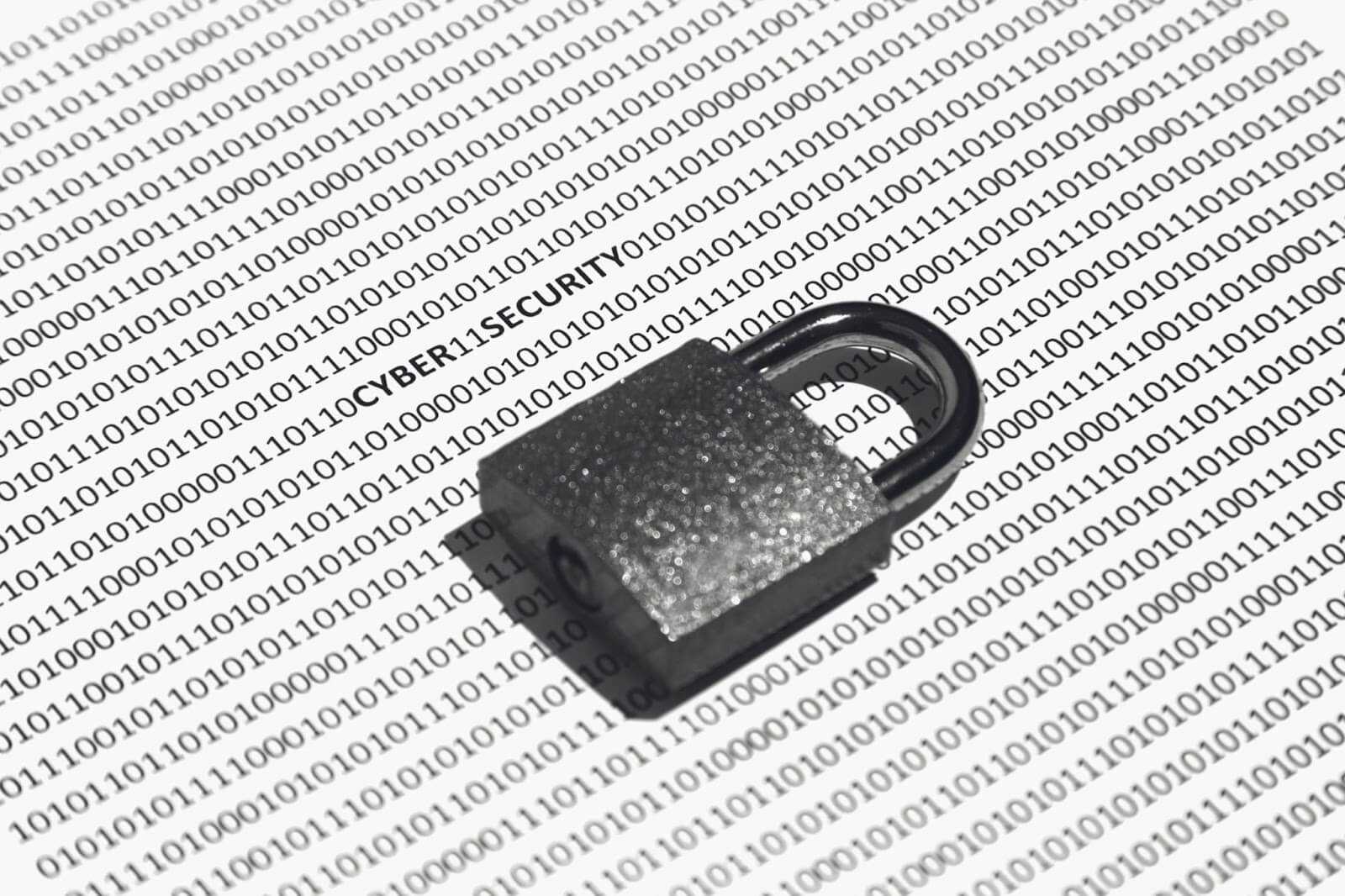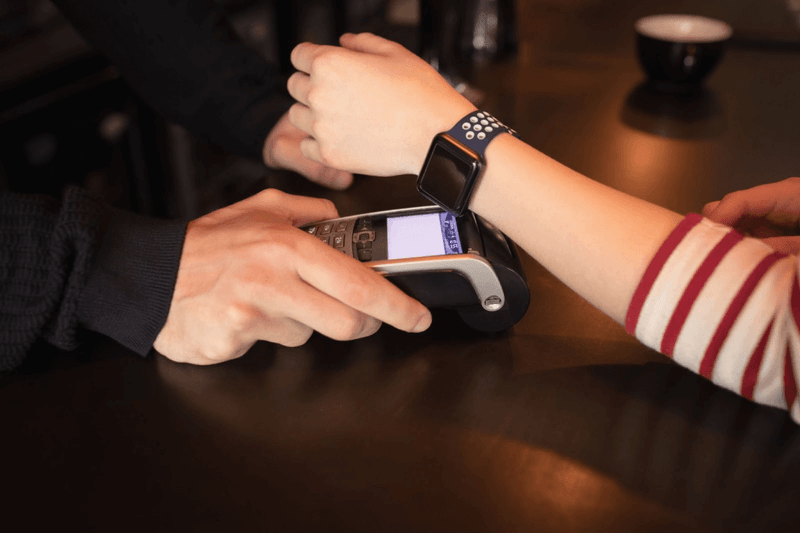

Tokenization vs. Encryption: Which Is Safer?
When it comes to protecting sensitive data, especially in industries like finance and healthcare, two key techniques often come into play: tokenization and encryption. Both serve the same core purpose, keeping information secure, but they work in very different ways.
VELLIS NEWS
19 Aug 2025
By Vellis Team
Vellis Team
Automate your expense tracking with our advanced tools. Categorize your expenditures
Related Articles

Vellis News
21 August 2025
What is Currency Hedging?
If you’re curious about how businesses protect themselves from money lost when exchange rates change, then currency hedging is exactly what you need to understand. It’s a financial strategy that helps companies and investors lock in currency exchange rates to safeguard against the uncertainty of moving markets.

Vellis News
19 August 2025
Biotech Funding Challenges
In the biotech industry, funding isn’t just important, it’s essential. Developing new treatments and technologies takes years of research, expensive trials, and major upfront costs long before anything reaches the market.

Vellis News
5 May 2025
Ecommerce Payment Trends for 2025
As ecommerce rapidly evolves, understanding future ecommerce payment trends is more important than ever. Shoppers expect convenience, speed, and security – businesses that stay ahead of ecommerce payments trends can boost customer satisfaction and gain a competitive edge.
This article takes a closer look at how each method holds up when it comes to safety, efficiency, and real-world application. The truth is, there’s no one-size-fits-all answer here. The better choice depends heavily on the type of data you’re dealing with, the compliance standards you need to meet, and how that data moves through your systems. Read on to find out more.
What Is Tokenization?
Tokenization is a data security method that replaces sensitive information, like credit card numbers or personal IDs, with random, non-sensitive tokens. These tokens hold no real value or connection to the original data on their own. The actual sensitive data is securely stored in what’s called a token vault, a protected database that only authorized systems can access. Because the token is useless outside the system that issued it, even if it’s intercepted, it can’t be reverse-engineered. Tokenization is widely used in payment processing to reduce the risk of fraud and ensure compliance with standards like PCI DSS. It’s especially important for businesses building or managing what is payment infrastructure today.
What Is Encryption?
Encryption is a method of securing data by converting it into a scrambled format that can only be read by someone with the correct decryption key. It’s like locking information in a coded box, unless you have the right key, you can’t access what’s inside. There are two main types: symmetric encryption, where the same key is used to encrypt and decrypt data, and asymmetric encryption, which uses a pair of keys, one public and one private. Encryption is used in a wide range of scenarios, from protecting files and securing emails to enabling safe communication over the internet. It’s also a critical part of authentication layers in online transactions, including systems like 3D Secure 2.0 that verify identity during checkout.
Core Differences Between Tokenization and Encryption
With a clear side-by-side breakdown of how tokenization and encryption differ at their core, most users would have a better understanding of the main differences. Here’s a breakdown:
How They Work
- Tokenization replaces sensitive data with a random token. That token has no mathematical link to the original value, it’s simply a placeholder stored alongside the actual data in a secure vault.
- Encryption, on the other hand, uses algorithms to mathematically transform data into unreadable ciphertext. It can be reversed only with the correct decryption key.
Data Storage and Management
- Tokenization relies on a token vault, a centralized and secure location that maps tokens back to the original data.
- Encryption involves key management, often across multiple systems. Keeping encryption keys secure is critical, because if the keys are compromised, so is the data.
Performance and Integration
- Tokenization typically causes less strain on system performance and can be easier to implement for specific fields like payment data. For example, many businesses use it to secure transactions without disrupting payment workflows, and now you can see how it’s applied in practice at https://www.vellis.financial/financial-services/payment-processing.
- Encryption can be computationally heavier, especially at scale or when applied to large datasets like full files or databases, and may require more complex integration.
Data Format
- Tokenization is format-preserving, meaning the token can be designed to resemble the original data’s length and character type (e.g., a 16-digit token for a 16-digit credit card number).
- Encryption produces ciphertext that looks nothing like the original, usually longer and entirely unreadable, often requiring additional changes in how data is stored or handled in applications.
Both approaches serve strong security purposes, but their internal mechanics and operational impacts are quite different.
Which Method Offers Stronger Security?
Encryption is vulnerable to brute-force attacks if weak keys are used, while tokenization’s primary risk lies in unauthorized access to the token vault. Industry standards like NIST emphasize strong key management for encryption, while PCI DSS favors tokenization for protecting payment data. Overall, tokenization offers a smaller attack surface for specific use cases, but encryption remains critical for securing broader data sets, each method is secure when implemented correctly and aligned with regulatory guidance.
Compliance Considerations
When it comes to compliance, both tokenization and encryption play key roles, but different regulations tend to favor one over the other depending on context. PCI DSS strongly supports tokenization for payment card data because it can significantly reduce the scope of compliance audits by removing sensitive data from internal systems. HIPAA and GDPR, on the other hand, recognize encryption as a standard for protecting health records and personal data in transit and at rest. Tokenization helps narrow audit scope, while encryption is often mandatory for broader data protection frameworks. The right method depends on the type of data and regulatory obligations.
Performance and Scalability
Tokenization is generally lighter on system resources since it simply replaces sensitive data with a reference token, making it fast and scalable, especially in environments like payment gateways where speed is critical. Because tokens don’t need to be re-encrypted each time they’re used, performance stays consistent even under high transaction volumes. Encryption, in contrast, can slow systems down, particularly when large datasets or real-time operations are involved. In high-load cloud services, tokenization often wins for speed, while encryption adds processing overhead but broader protection.
Pros and Cons of Tokenization
Some of the most straightforward advantages and disadvantages include:
Pros of Tokenization
- Simple to implement for specific data types like payment info
- Light on system resources, with minimal impact on performance
- Reduces PCI DSS scope by removing sensitive data from internal systems
- Tokens have no mathematical value, limiting data exposure if breached
Cons of Tokenization
- Relies heavily on secure access to the token vault
- Not ideal for protecting unstructured or large-scale data sets
- Token format must be pre-defined, limiting flexibility
- Doesn’t protect data in transit unless paired with other methods
Pros and Cons of Encryption
When it comes to encryption, the situation is the following:
Pros of Encryption
- Backed by strong, time-tested mathematical algorithms
- Versatile and works for structured and unstructured data alike
- Widely adopted and supported across systems and industries
- Recognized by regulations like HIPAA and GDPR as a standard safeguard
Cons of Encryption
- Key management can be complex and risky if not handled properly
- Can introduce performance overhead, especially with large data sets
- Encrypted data still exists within systems, so exposure is possible if keys are compromised
- Doesn’t reduce audit scope like tokenization often does
When to Use Tokenization vs. Encryption
Choosing between tokenization and encryption depends on what kind of data you’re protecting and how it’s used.
- Payment processing: Tokenization is the go-to. It keeps cardholder data out of internal systems, helping meet PCI DSS standards and minimizing risk.
- Securing files or databases: Encryption is better suited here. It protects structured and unstructured data at rest or in transit, often required under HIPAA or GDPR.
- Hybrid use: Many businesses use both, tokenization for live transaction data and encryption for backups or internal data sharing. This layered approach strengthens overall security without sacrificing performance.
FAQs
Can tokenized data be reversed without access to the vault?
No, tokenized data cannot be reversed unless the system has access to the secure token vault.
Is encryption better than tokenization for cloud storage?
Typically yes, because encryption is designed to secure data at rest or in transit without requiring token vaults.
Does tokenization count as encryption under GDPR?
Not exactly, while both protect personal data, GDPR classifies them differently; encryption is explicitly mentioned in the regulation.
Can both be used together?
Yes, using both adds layered protection. For example, data can be encrypted before tokenization for maximum security.
Which is more cost-effective for a small business?
Tokenization is often more cost-effective for PCI compliance in small businesses due to reduced audit scope.
References
Medium: Encoding vs. Encryption vs. Tokenization: What, Why, and How?
Geeks for Geeks: Difference between Tokenization and Encryption
https://www.geeksforgeeks.org/computer-networks/difference-between-tokenization-and-encryption
SoluLab: Tokenization Vs Encryption? Know the difference!
https://www.solulab.com/tokenization-vs-encryption/
Spreedly: Tokenization vs. Encryption: Which Is Safer?

Ready to transform your financial management?
Sign up with Vellis today and unlock the full potential of your finances.
Related Articles

Vellis News
15 July 2025
Buy Now Pay Later (BNPL) with Botox Treatments
When it comes to looking and feeling your best, Botox remains one of the most popular aesthetic treatments on the market. But for many people, the cost can be a barrier especially when it’s time for touch-ups every few months.

Vellis News
19 August 2025
What Is Near-Field Communication (NFC)?
Near Field Communication, or NFC, is a type of wireless technology that lets two devices talk to each other when they’re very close, usually just a few centimeters apart. What’s more, you’ve probably used it without even realizing it by tapping your phone to pay at a store, using a contactless card on the bus, or quickly sharing photos between phones.

Vellis News
23 September 2025
What Is Apple Pay and How Does It Work?
Apple Pay is Apple’s digital wallet and mobile payment system, created to enable secure and convenient transactions across multiple channels. It allows users to make payments in person, online, and within mobile applications without relying on physical cards.
We use cookies to improve your experience and ensure our website functions properly. You can manage your preferences below. For more information, please refer to our Privacy Policy.
© 2025 Vellis Inc.Vellis Inc. is authorized as a Money Services Business by FINTRAC (Financial Transactions and Reports Analysis Centre of Canada) number M24204235. Vellis Inc. is a company registered in Canada, number 1000610768, headquartered at 30 Eglinton Avenue West, Mississauga, Ontario L5R3E7, Canada.

